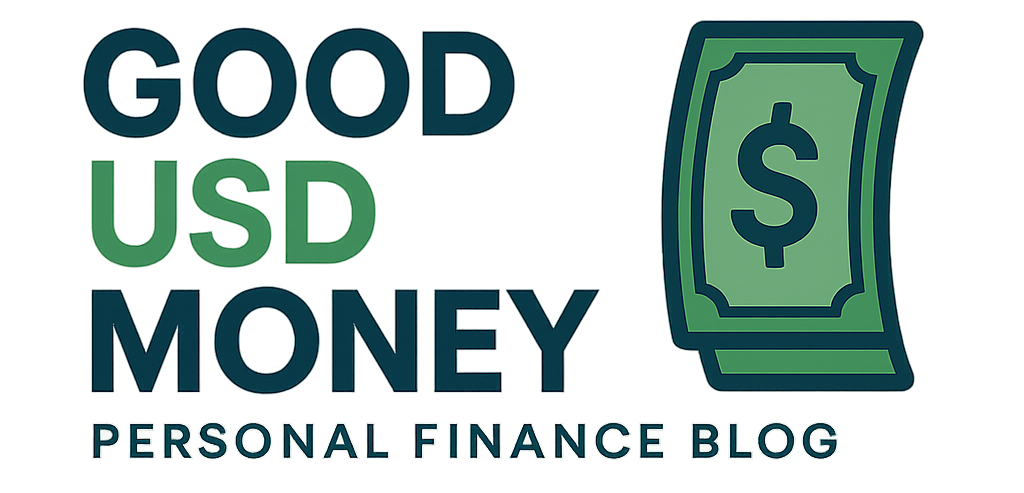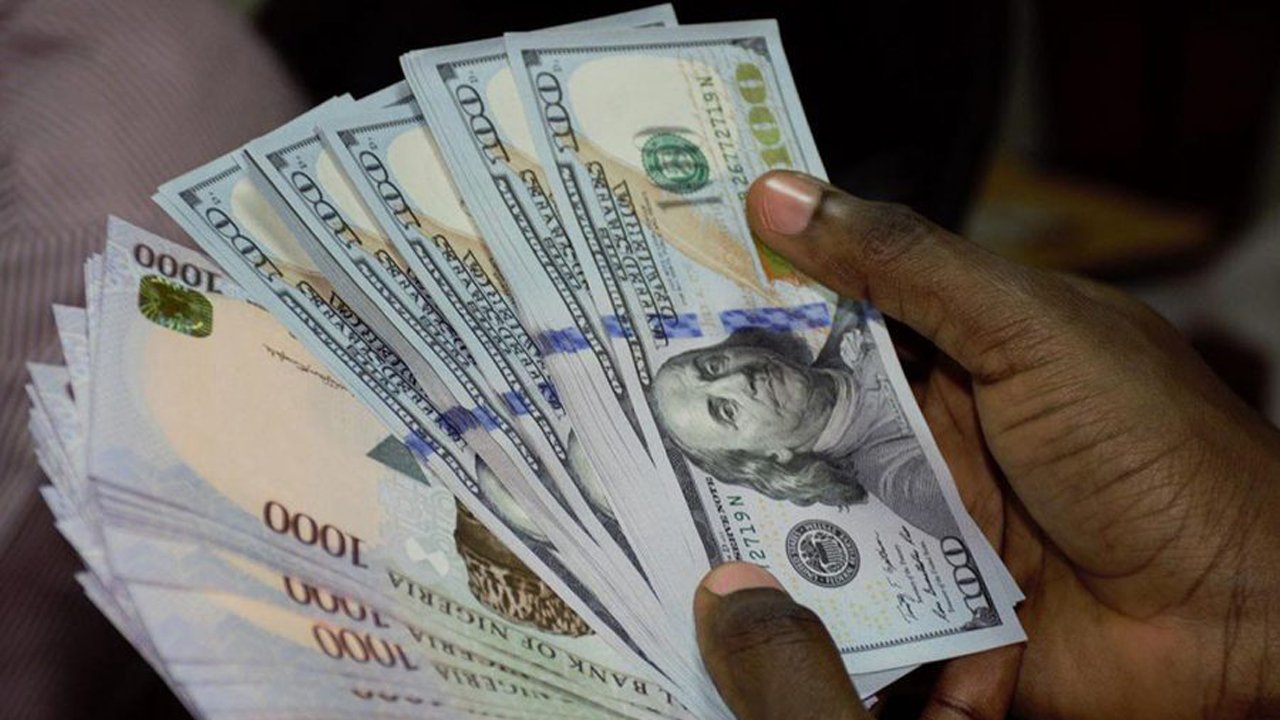How to Get a Loan with Bad Credit in the USA
Securing a personal loan with bad credit presents challenges, but it’s far from impossible. The American lending market has evolved significantly over the past decade, with specialized lenders, progressive credit unions, and innovative online platforms now serving millions of borrowers with credit scores below 640. While you’ll face higher interest rates and more stringent documentation requirements than prime borrowers, understanding the specific steps that lead to approval transforms a frustrating process into a manageable one.
The key to success lies in strategic preparation combined with realistic expectations. Bad credit doesn’t disqualify you from borrowing—it simply redirects you toward lenders who specialize in your credit profile and accept the elevated risk you represent. These lenders evaluate factors beyond just credit scores, weighing current income, employment stability, and debt management against past credit mistakes. By focusing your efforts on appropriate lenders and presenting your strongest financial profile, you can secure needed funds while beginning the process of credit rehabilitation through responsible repayment.
Understanding Bad Credit in the American Lending Market
Bad credit typically refers to FICO scores below 580, though some lenders set their thresholds at 600 or 620. These scores result from various financial difficulties—late payments, high credit utilization, collections accounts, charge-offs, bankruptcies, or foreclosures. Each negative item damages your score differently, with recent problems carrying more weight than older issues.
Credit Score Ranges and What They Mean:
FICO scores range from 300 to 850, with most Americans falling between 600 and 750. Excellent credit (740+) opens doors to the best rates and terms across all loan types. Good credit (670-739) qualifies for competitive rates with most lenders. Fair credit (580-669) faces higher rates but maintains access to mainstream lenders. Poor credit (below 580) limits options primarily to specialized bad credit lenders, often requiring additional assurances like collateral or co-signers.
Understanding where you fall within these ranges helps set realistic expectations. A 620 score might qualify for unsecured personal loans at 24-28% APR from certain lenders. A 560 score typically requires secured loans or faces rates toward 32-36% APR. Scores below 500 may need co-signers or face denial from all but the most alternative lenders charging maximum rates.
Why Traditional Banks Deny Bad Credit Applications:
Major banks like Wells Fargo, Bank of America, and Chase use automated underwriting systems with rigid credit score cutoffs. Applications falling below these thresholds (typically 640-660) receive immediate automated denials without human review. This efficiency benefits banks by reducing processing costs, but it eliminates millions of potential borrowers who might be creditworthy despite marginal scores.
Traditional banks also consider the profit margin on smaller loans. Processing a $3,000 loan costs nearly as much as processing a $30,000 loan, but generates far less interest income. Combined with perceived default risk from bad credit borrowers, many banks simply don’t find small bad credit loans financially worthwhile.
Where Bad Credit Borrowers Find Approval
Specialized lenders built entire business models around serving non-prime borrowers. Online platforms like Avant, OppFi, and LendingPoint use proprietary algorithms evaluating broader data sets than just credit scores. Credit unions, particularly those serving specific communities or professions, often take relationship-based approaches that can override marginal credit scores. Peer-to-peer lending platforms connect individual investors willing to fund riskier loans in exchange for higher returns.
Types of Loans Available for Bad Credit Borrowers
Different loan structures serve different needs and credit profiles, each with distinct advantages, requirements, and costs.
Unsecured Personal Loans:
Unsecured loans don’t require collateral, relying entirely on your creditworthiness and promise to repay. For bad credit borrowers, these loans typically range from $1,000 to $15,000 with interest rates between 20% and 36% APR. Approval depends heavily on income stability, current employment, and debt-to-income ratio. Processing is usually fastest with unsecured loans since no collateral appraisal is needed.
The main advantage is flexibility—you don’t risk losing assets if you struggle with payments. The disadvantage is cost, as unsecured loans for bad credit carry the highest interest rates among legitimate lending options. Monthly payments can be substantial, especially for larger loan amounts or shorter repayment terms.
Secured Personal Loans:
Secured loans require you to pledge collateral—typically a vehicle, savings account, or certificate of deposit. The collateral reduces lender risk dramatically, allowing them to approve borrowers with lower credit scores and offer interest rates 8-15 percentage points below unsecured alternatives. Rates typically range from 8% to 25% APR depending on collateral type and value.
Savings-secured loans represent the safest and cheapest option. You borrow against funds in your savings account or CD, with the lender placing a hold on that amount until you repay. Interest rates often fall between 6% and 12% APR. Vehicle-secured loans provide access to larger amounts based on your car’s value, though rates run slightly higher (10-22% APR) and you risk losing transportation if you default.
The critical consideration is whether you can afford to lose the collateral. Defaulting on a vehicle-secured loan means losing your car, potentially devastating your ability to work or manage daily life. Only pledge assets you’re absolutely certain you can protect through consistent payments.
Find the Best Loan Deals for Bad Credit
Not all personal loans are the same. Compare rates, repayment terms, and approval criteria to find the offer that truly works for your financial situation.
Compare Loan OptionsCredit Union Loans:
Credit unions are member-owned financial cooperatives focused on serving members rather than maximizing profits. This structure allows them to offer more favorable terms than banks or online lenders. Bad credit borrowers at credit unions might access rates 4-8 percentage points lower than equivalent online lenders.
Membership requirements vary by institution. Some serve specific geographic areas, employers, professions, or associations. Once you’re a member, credit unions evaluate your entire relationship—deposit history, savings patterns, and previous loan performance—rather than just your credit score. This relationship-based approach can override marginal credit scores, especially if you’ve maintained accounts responsibly for months or years.
Payday Alternative Loans (PALs):
Boost Your Credit Before You Borrow
A higher credit score means lower rates and better loan terms. Discover practical steps and tools to rebuild your credit fast before applying for new financing.
Start Improving NowFederal credit unions offer PALs specifically to provide affordable alternatives to predatory payday loans. These small-dollar loans ($200-$1,000 for PALs I, up to $2,000 for PALs II) carry maximum APRs of 28% and repayment terms from one to twelve months. While amounts are limited, they serve urgent small needs without the debt trap of payday lending.
To qualify, you typically need credit union membership for at least one month and meet basic income requirements. PALs specifically target borrowers who might otherwise resort to payday lenders, so credit requirements are minimal.
Co-Signed Loans:
Adding a co-signer with good credit (typically 680+) transforms difficult applications into straightforward approvals. The co-signer’s creditworthiness and income reassure lenders, often resulting in approval when you’d otherwise be denied and reducing APR by 8-15 percentage points. The loan reports to both credit reports, building your credit when you make payments while maintaining or improving your co-signer’s credit.
However, co-signing creates serious obligations. Your co-signer becomes equally responsible for repayment. Any missed payments damage both parties’ credit scores and can strain or destroy relationships. Only use co-signers when you’re absolutely confident in your ability to maintain perfect payments throughout the loan term.
Step-by-Step Application Process
Following a systematic approach maximizes your approval chances while helping you secure the best available terms for your situation.
Phase 1: Credit Profile Assessment (1-2 weeks before applying)
Obtain free credit reports from all three bureaus through AnnualCreditReport.com. Review each report carefully for errors—incorrect late payments, accounts you don’t recognize, wrong balances, or negative items older than seven years. Dispute any inaccuracies through the appropriate bureau’s online dispute system.
Check your credit scores through free services like Credit Karma, Credit Sesame, or your bank’s free score access. While these might differ slightly from FICO scores most lenders use, they provide directional guidance. Knowing your approximate score helps you target appropriate lenders and set realistic rate expectations.
Phase 2: Financial Documentation Gathering
Collect required documents before starting applications. Standard requirements include government-issued photo ID (driver’s license or passport), Social Security card or documentation with your SSN, proof of income (recent pay stubs or bank statements), active checking account information, and proof of address dated within 30 days.
Self-employed borrowers need additional documentation—typically the previous year’s complete tax return including all schedules and recent bank statements showing regular business deposits. Benefits recipients should have official award letters or payment statements readily available.
Phase 3: Lender Research and Pre-Qualification (1 week before applying)
Identify 5-8 potential lenders across different categories—online lenders, credit unions, and peer-to-peer platforms. Verify each lender’s licensing through the NMLS Consumer Access portal and your state banking authority. Check the CFPB complaint database for patterns of unresolved issues.
Submit pre-qualification requests to multiple lenders. Most use soft credit checks during pre-qualification, providing estimated rates without impacting your credit score. Pre-qualification takes 5-15 minutes per lender and gives you concrete rate ranges to compare before committing to full applications with hard inquiries.
Phase 4: Application Submission
After comparing pre-qualified offers, select your top 2-3 lenders based on APR, fees, and total cost over the loan term. Complete full applications during business hours mid-week (Tuesday-Thursday) when underwriters are most available for quick processing.
Provide accurate information and upload clear, legible documents. Exaggerating income or providing false information constitutes fraud with serious legal consequences. Lenders verify information through multiple sources, and inconsistencies trigger additional scrutiny or automatic denial.
Phase 5: Approval and Agreement Review
Most lenders provide decisions within 24-72 hours of receiving complete applications. Review your loan agreement thoroughly before signing. Verify all terms match your approved offer—APR, monthly payment, number of payments, origination fees, late payment fees, and prepayment penalties. Calculate total interest you’ll pay over the full term.
Never sign documents you don’t fully understand. Contact the lender’s customer service with questions. Legitimate lenders want you to understand terms and feel comfortable with the agreement. Pressure to sign immediately without time for review signals predatory behavior.
Phase 6: Funding and Repayment Setup
After signing, funds typically deposit to your bank account within 1-3 business days via ACH transfer. Some lenders offer expedited funding for additional fees. Immediately set up automatic payments from your checking account to ensure you never miss a due date. Many lenders offer small interest rate discounts (0.25-0.50%) for enrolling in autopay.
Comparison Table: Loan Types for Bad Credit
| Loan Type | Collateral | APR Range | Loan Amounts | Approval Difficulty | Best For |
|---|---|---|---|---|---|
| Unsecured Personal | None | 20% – 36% | $1,000 – $15,000 | Moderate | Borrowers without assets, fast approval needs |
| Savings-Secured | Savings/CD | 6% – 12% | Up to 100% of savings | Easy | Lowest rates, building credit with minimal risk |
| Vehicle-Secured | Car/Truck | 10% – 22% | $1,000 – $25,000 | Easy to Moderate | Larger amounts, better rates with vehicle equity |
| Credit Union | Varies | 15% – 28% | $500 – $50,000 | Moderate | Members seeking relationship-based lending |
| Co-Signed | None | 12% – 25% | $1,000 – $35,000 | Easy with good co-signer | Access to better rates with creditworthy support |
| Payday Alternative (PALs) | None | Up to 28% | $200 – $2,000 | Easy for members | Small urgent needs, avoiding payday lenders |
Summary in Brief
Getting a personal loan with bad credit in the USA requires targeting specialized lenders who serve non-prime borrowers rather than traditional banks with rigid credit score cutoffs. Your best options include online lenders using alternative evaluation data, credit unions offering relationship-based lending, secured loans using collateral to reduce rates, and co-signed loans leveraging someone else’s good credit. Expect APRs between 20% and 36% for unsecured loans or 8% to 25% for secured alternatives. Success depends on thorough preparation—checking credit reports for errors, gathering comprehensive documentation, comparing multiple pre-qualified offers, and understanding total costs beyond monthly payments. While approval isn’t guaranteed, millions of Americans with credit challenges successfully obtain legitimate loans annually by following strategic, informed approaches.
Frequently Asked Questions
Can I really get approved with a credit score below 600?
Yes, many lenders specialize in serving borrowers with scores between 500 and 600. Online platforms like Avant, OppFi, and LendingPoint regularly approve applications in this range. Credit unions often approve members with scores in the 500s, particularly when other factors like income and employment are strong. Secured loans using savings or vehicle collateral can overcome even lower scores since collateral reduces lender risk. However, expect interest rates toward the higher end of typical ranges (28-36% APR for unsecured loans).
What income do I need to qualify?
Most bad credit lenders require minimum monthly income between $1,500 and $2,500, though exact thresholds vary by institution and requested loan amount. This income can come from employment, self-employment, Social Security, disability payments, retirement income, or other regular verifiable sources. Some lenders allow combining household income even if your spouse isn’t co-borrowing. Self-employed applicants typically need higher income minimums ($2,500-$3,500 monthly) and must demonstrate 12-24 months of consistent earnings through tax returns and bank statements.
Should I use a secured or unsecured loan?
Choose secured loans when you have appropriate collateral and want the lowest possible rates—typically 10-20 percentage points below unsecured alternatives. Savings-secured loans are safest since you’re not risking essential assets. However, select unsecured loans if you lack collateral, need funds immediately without appraisal delays, or prefer keeping assets freely accessible for emergencies. Both loan types contribute equally to credit rebuilding through payment reporting, so the choice depends on your specific circumstances, available assets, and comfort with risk.
Will applying hurt my credit score?
Pre-qualification uses soft credit checks that don’t affect your score, so you can safely compare multiple lenders. However, full applications trigger hard inquiries that temporarily lower your score by a few points. Credit scoring models treat multiple inquiries for the same loan type within 14 days as a single inquiry, so concentrate your applications within this window. The score impact from hard inquiries is minimal (usually 5-10 points) and temporary (typically recovering within 6 months), far outweighed by the benefit of finding the best loan terms.
What’s the fastest way to get approved?
Online lenders typically provide the fastest approvals, with decisions within 24-48 hours and funding within 1-2 business days. To expedite processing, apply mid-week during business hours, submit all required documentation with your initial application, respond immediately to any lender requests for additional information, and authorize electronic bank account verification rather than mailing paper documents. Some lenders offer same-day or next-day funding for expedite fees ($10-$50), though standard processing usually suffices for most needs.
Can I use the loan to consolidate credit card debt?
Yes, debt consolidation is one of the most common uses for bad credit personal loans. This strategy works best when the consolidation loan’s APR is lower than the weighted average of your current credit card rates. Calculate total interest savings over the loan term to ensure consolidation actually saves money. Critically important: don’t immediately charge up the now-empty credit cards again, as this doubles your debt rather than solving your problem. Some financial advisors recommend closing paid-off cards or reducing credit limits to prevent this common pitfall.
What if I’m denied by multiple lenders?
Request written explanations of denial reasons, which federal law requires lenders to provide. Common issues include insufficient income, high debt-to-income ratio (above 45%), too many recent credit inquiries, or specific negative items on your credit report. Address the specific denial reasons before reapplying—wait 30-90 days while improving identified issues. Consider secured loans if repeatedly denied for unsecured products, or ask a creditworthy family member to co-sign. Sometimes reducing your requested loan amount makes the difference between denial and approval.


